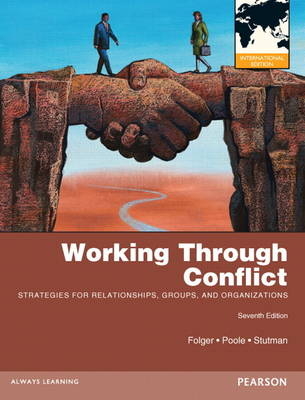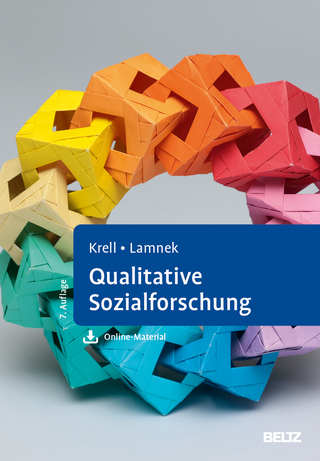
Working through Conflict
Pearson (Verlag)
978-0-205-24961-9 (ISBN)
- Keine Verlagsinformationen verfügbar
- Artikel merken
List of Cases
Preface
Introduction
I.1 Conflict Defined
I.2 Arenas for Conflict
I.3 Productive and Destructive Conflict Interaction
I.4 Judgments About Conflict Outcomes
I.5 Plan of the Book
I.6 Summary and Review
1 Communication and Conflict
1.1 A Model of Effective Conflict Management
1.2 Properties of Conflict Interaction
1.3 Summary and Review
1.4 Conclusion
2 The Inner Experience of Conflict
2.1 The Psychodynamic Perspective
2.2 Emotion and Conflict
2.3 Social Cognition and Conflict
2.4 The Interaction of Psychodynamics, Emotion, and Social Cognition in Conflict
2.5 Summary and Review
2.6 Conclusion
3 Conflict Interaction
3.1 Stages of Conflict
3.2 Interdependence
3.3 Reciprocity and Compensation
3.4 Framing Issues in Conflict Interaction
3.5 Social Context and the Coordination of Meaning
3.6 Social Identity and Intergroup Conflict
3.7 Summary and Review
3.8 Conclusion
4 Conflict Styles and Strategic Conflict Interaction
4.1 Origins of Conflict Style
4.2 What Is a Conflict Style?
4.3 An Expanded View of Conflict Styles
4.4 Determining the Styles of Others
4.5 Pairings of Conflict Styles
4.6 Shifting Styles During Conflict Episodes
4.7 Selecting Conflict Styles
4.8 Cultural and Gender Influences on Conflict Styles
4.9 Styles and Tactics in Practice
4.10 Summary and Review
4.11 Conclusion
5 Power: The Architecture of Conflict
5.1 Power and the Emergence of Conflict
5.2 A Relational View of Power
5.3 Power and Conflict Interaction
5.4 The Use of Power in Conflict Tactics
5.5 The Balance of Power in Conflict
5.6 Working with Power
5.7 Summary and Review
5.8 Conclusion
6 Face-Saving
6.1 The Dimensions of Face
6.2 Face Loss as It Relates to Face-Saving
6.3 A Threat to Flexibility in Conflict Interaction
6.4 Conflict Interaction as a Face-Saving Arena
6.5 Face-Saving Frames in Conflict Interaction
6.6 Face Saving in Other Cultures
6.7 Face-Giving Strategies
6.8 Working With Face-Saving Issues
6.9 Summary and Review
6.10 Conclusion
7 Climate and Conflict Interaction
7.1 Climate and Conflict
7.2 Summary and Review
7.3 Conclusion
8 Managing Conflict
8.1 Review of the Normative Model for Conflict Management
8.2 Navigating Differentiation
8.3 A Procedure for Managing Conflicts
8.4 Addressing Severe Challenges to Conflict Integration
8.5 Dispute Systems: Managing Conflict within Organizations
8.6 Summary and Review
8.7 Conclusion
9 Third-Party Intervention
9.1 Property 1: Conflict Interaction Is Constituted and Sustained by Moves and Countermoves During Interaction
9.2 Property 2: Patterns of Behavior in Conflict Tend to Perpetuate Themselves
9.3 Property 3: Conflict Interaction Is Influenced by and in Turn Affects Relationships
9.4 Property 4: Conflict Interaction Is Influenced by the Context in Which It Occurs
9.5 Summary and Review
9.6 Conclusion
References
Index
| Erscheint lt. Verlag | 1.3.2012 |
|---|---|
| Sprache | englisch |
| Maße | 186 x 208 mm |
| Gewicht | 546 g |
| Themenwelt | Geisteswissenschaften ► Psychologie ► Sozialpsychologie |
| Sozialwissenschaften ► Politik / Verwaltung ► Europäische / Internationale Politik | |
| Sozialwissenschaften ► Soziologie | |
| ISBN-10 | 0-205-24961-2 / 0205249612 |
| ISBN-13 | 978-0-205-24961-9 / 9780205249619 |
| Zustand | Neuware |
| Haben Sie eine Frage zum Produkt? |
aus dem Bereich


